
TARGET 120711
WHALE WATCHING
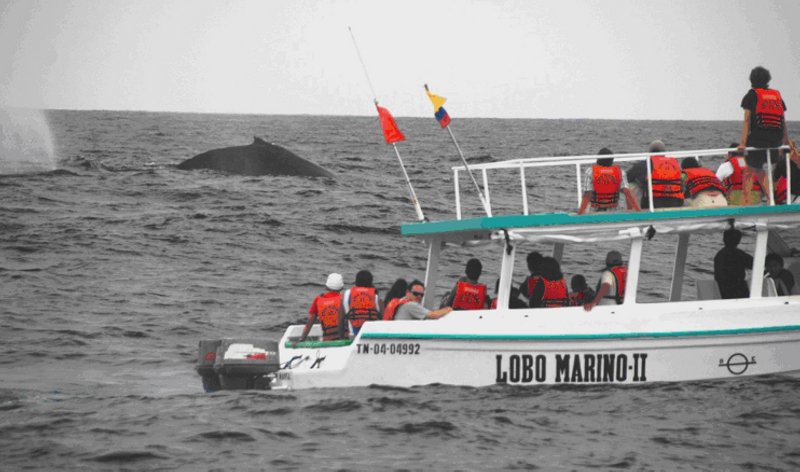
Whale watching off the coast of ChileNOTE TO VIEWERS: This target was selected by Teresa Frisch as one of her bi-weekly webinar practice targets. You can see the video of the webinar on YouTube by clicking here.
Whale watching is the practice of observing whales and dolphins (cetaceans) in their natural habitat. Most people go on whale watching trips for the sheer experience of being up close to these behemoths of the sea. But the activity can also serve scientific, educational, economic, and ecological purposes.
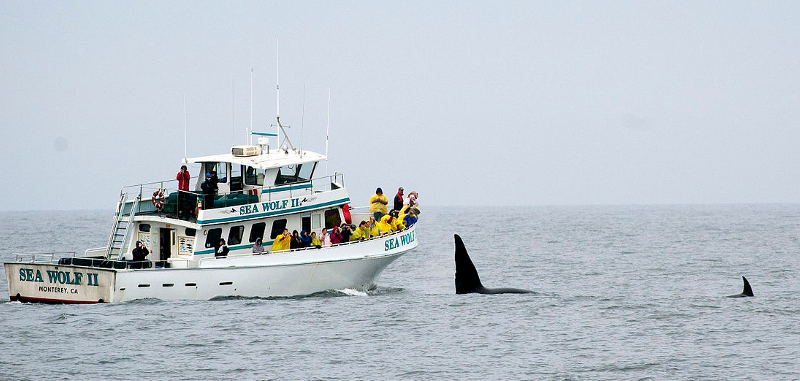
Whale watching in Monterrey Bay, CaliforniaA 2009 study, prepared for the International Fund for Animal Welfare (IFAW), estimated that around 13 million people went whale watching globally in 2008. Whale watching generated $2.1 billion per annum in tourism revenue worldwide, employing around 13,000 workers.
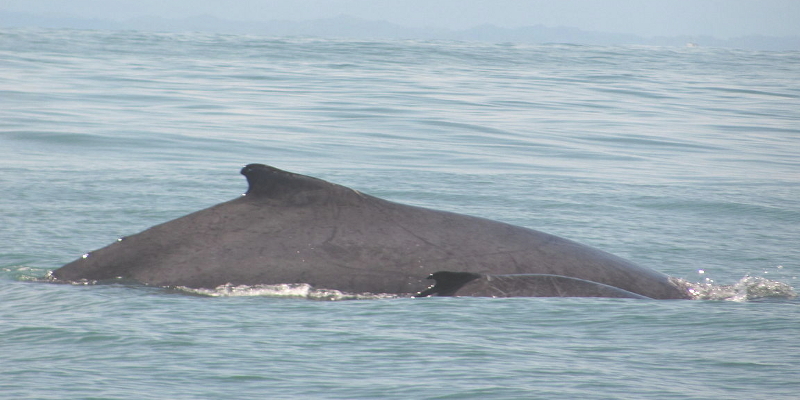
What you see most often is the enormous backs lifting above the surface. Even still, their
size and the distance to the following tail fin are surprising.
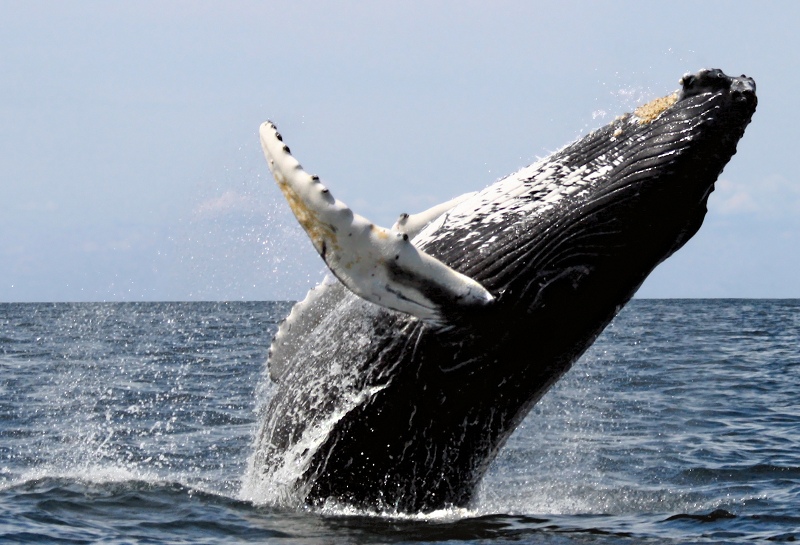
But now and then, you get to see one rise above the surface in a majestic arc.No whale watching tour is complete without the tour guide educating the passengers about both the whales and the plight of the whales. While everyone has seen pictures of Greenpeace taking the most agressive role in saving the whales, the tour guides on the whale watching trips take the more personal approach of letting you get up close and friendly with the creatures and educating you about the necessity of protecting them.
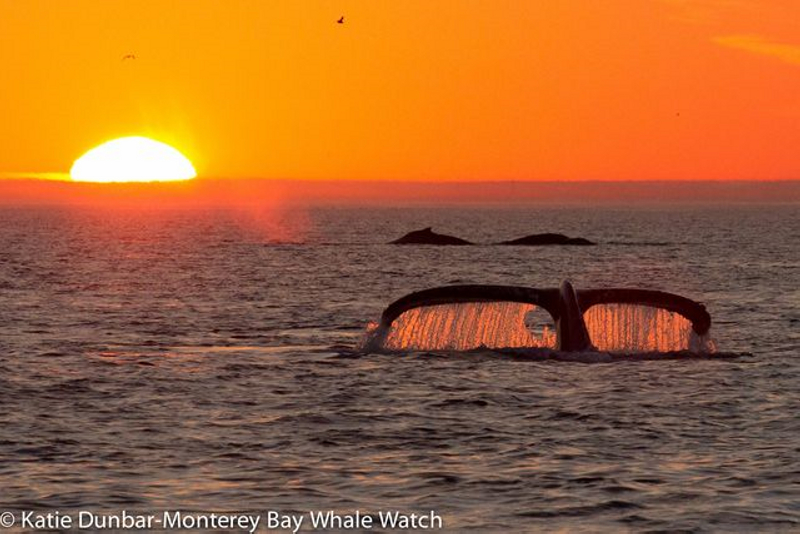
And at the end of the day, when the whales go their way and the visitors to their realm go back to land, an increased understanding has been gained about the other creatures of our planet and how important they are to us, and how important we are to them.
NOTE TO VIEWERS: I almost feel the need to apologize for giving you the task of "describe the location". All you should have gotten was "water" and little else. While the tours often stay within sight of land, the land will always be miles and miles away. The tasking of a complex target in an extremely simple location was done for me early on in my training in order to let me realize and overcome the tendency all viewers have to get the target and then their conscious, logical mind takes over and thinks, "there must be more". We then start making things up in our mind. If this happened to you while you worked this session, then I hope it was instructive to you to simply trust your subconscious instead of consciously telling it what to do. It's one of the most valuable lessons to learn in remote viewing. Never forget that the purpose of a practice session is not as much for learning about the target as it is for learning about yourself.
If you got impressions for which this feedback is insufficient, more information,
pictures and videos can be found at the following web sites:
Whalewatch.com (info & excellent photo gallery)
Boston Harbor Cruises - whale watching on U.S. east coast
Monterrey Bay Whale Watch - whale watching on U.S. west coast
Wikipedia - Whale watching links around the world.
Many thanks to Teresa Frisch for this target.